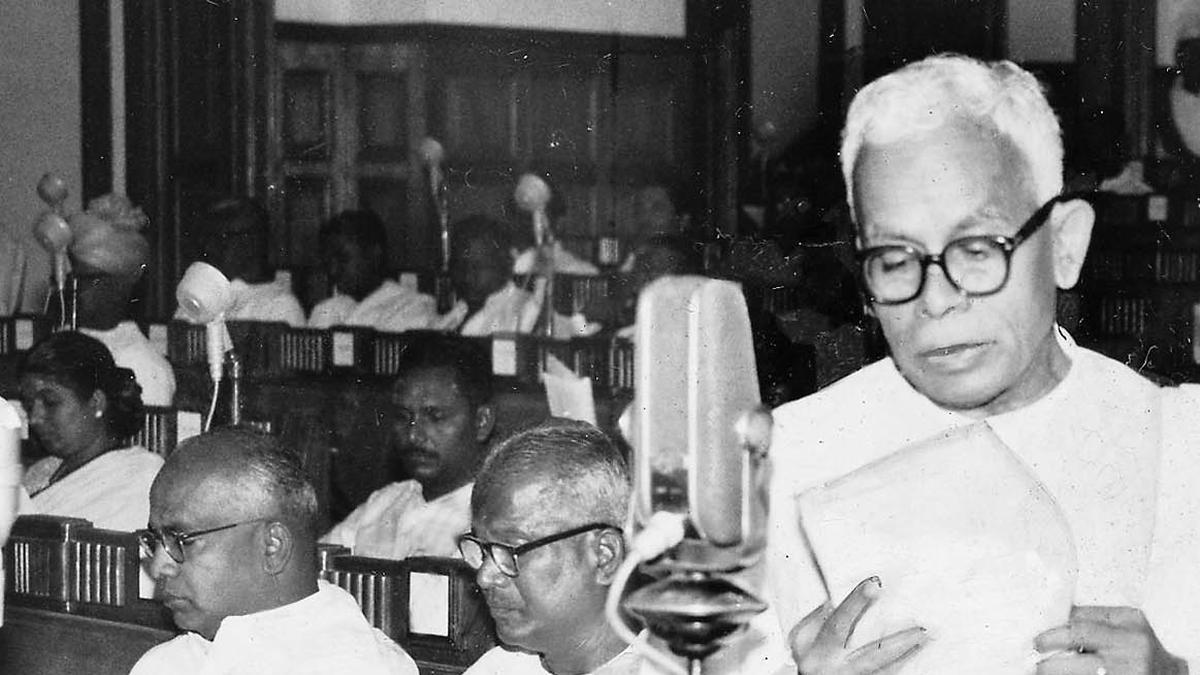The Stree Shakti scheme, which offers free bus travel to girls, women, and transgender people across Andhra Pradesh, has been in effect for two months. So far, it has increased ridership, enhanced mobility for women, and generated positive public sentiment. However, beneath this encouraging start lie operational and financial concerns. Questions about sustainability, the strain on transport infrastructure, and equitable access challenge the long-term viability of Stree Shakti.
The scheme was launched on August 15, Independence Day, to highlight the government’s resolve to advance women’s independence and empowerment. Within the first 30 hours of its introduction, more than 12 lakh women passengers travelled for free by bus. The number has been steadily growing since then. According to data by the Andhra Pradesh State Road Transport Corporation (APSRTC), around 19.6 lakh women used the free bus service on August 31. By October 6, this number had increased to 28.3 lakh. The daily government subsidy also grew from ₹7.76 crore to ₹10.86 crore during this period and the number of Stree Shakti buses increased from 85 to 121.
This data reflects early success but also points to cost implications and the logistical adjustments needed to sustain such high usage over time. With an estimated annual cost of ₹1,942 crore and a monthly expense of ₹162 crore, the APSRTC will be reimbursed by the State government for the scheme’s costs through the submission of zero-fare tickets. However, the continuous allocation of such substantial funds could strain the State’s finances, especially if economic conditions fluctuate.
Another challenge is overcrowding due to the shortage of vehicles in the APSRTC fleet. The waiting period has become long, particularly during peak hours. With the sudden surge in the number of women travelling by RTC buses, men are on the verge of becoming a minority onboard.
Officials have also reported a slight decline in the number of fare-paying passengers.
While trying to manage the existing fleet, they are awaiting the arrival of more than 700 electric buses, which may help ease the situation. Chief Minister N. Chandrababu Naidu, who is keen on steering the State towards greener public transportation, has announced that all diesel vehicles in the RTC fleet will be replaced with electric buses.
The State Transport Corporation will need to build and maintain a comprehensive electrical ecosystem comprising high tension supply lines with dedicated feeders and substations, scalable charging stations, backup systems, and renewable energy integration. This is imperative not only to support electric mobility, but also to ensure safety, efficiency and resilience, say officials.
While the scheme has given women reason to celebrate, it has not been received well by auto-rickshaw and maxi cab drivers, who have been protesting across the State, citing revenue losses. They have demanded compensation for the income shortfall caused by the scheme. In response, the government announced the Auto Mitra programme, offering financial assistance of ₹15,000 annually to drivers. The drivers want this amount to be increased to ₹30,000 and also want some of their other demands to be fulfilled.
Meanwhile, the APSRTC employees’ union has been urging the RTC management to procure more buses in view of the rising occupancy rate. Warning against the continued use of outdated buses, union leaders are demanding that the authorities buy at least 2,500 new buses — both electric and diesel — and also recruit 9,000 employees to reduce dependence on outsourcing.
The workers are also worried about the government’s plan to operate electric vehicles under the Gross Cost Contract Model. Under this system, State Transport Units hire private bus operators to run electric buses. The government owns the buses, and private operators manage operations and maintenance under a contract, earning a fixed amount per kilometre. The proposed model has sparked fears of privatisation among workers of the State-run transport corporation.
The Stree Shakti is a significant step towards empowering women and has already delivered promising results. However, it also faces challenges related to implementation and financial sustainability. Addressing these concerns is essential to ensuring the scheme’s long-term success.

 4 hours ago
5
4 hours ago
5








 English (US) ·
English (US) ·